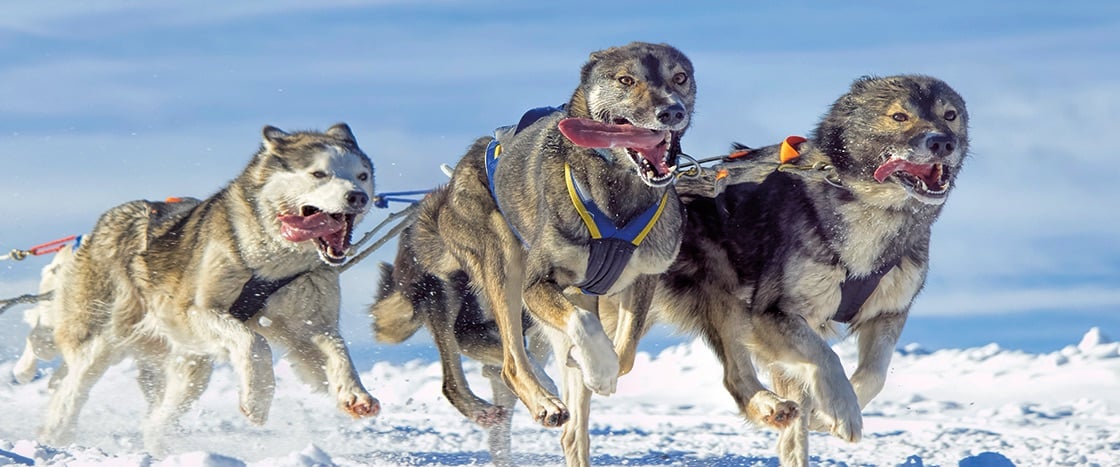From his apartment window, Dr. Curtis Welch watched as the Alameda, the last ship of the fall season of 1924, pulled away from the dock in Nome, Alaska. In a few weeks, Nome would be almost completely cut off from the rest of the world by the brutal winter weather. Until spring, the town’s only link with the rest of Alaska would be one frozen, windswept dogsled trail.
The Alameda had brought Dr. Welch his winter supplies: cotton balls, ether, tongue depressors, thermometers, and various medicines. But one item he had ordered was missing: fresh diphtheria (dif-THEER-ee-uh) antitoxin. The hospital’s current supply had expired and was no longer effective.
Diphtheria is a bacterial infection of the nose and throat that can cause difficulty breathing, heart problems, paralysis, and even death. Today, most Americans are vaccinated against diphtheria as children, but this was not the case in 1924. The diphtheria vaccine had been around for only a few years, and most Americans had not yet received it. Instead, people were treated with antitoxin after they got sick.
In the 18 years Dr. Welch had been in Nome, he had not seen a single confirmed case of diphtheria. But as Dr. Welch well knew, the disease strikes suddenly and is highly contagious; without the diphtheria-fighting antitoxin, Nome’s population would be helpless in an outbreak.
Dr. Welch prayed diphtheria would stay away for another winter.
Unfortunately, the people of Nome would not be that lucky.
From his window, Dr. Curtis Welch watched as the Alameda, the last ship of the fall season of 1924, pulled away from the dock in Nome, Alaska. In a few weeks, Nome would be almost completely cut off from the rest of the world by the winter weather. Until spring, the town’s only link with the rest of Alaska would be one frozen, windswept dogsled trail.
The Alameda had brought Dr. Welch his winter supplies: cotton balls, ether, tongue depressors, thermometers, and various medicines. But one item he’d ordered was missing: fresh diphtheria (dif-THEER-ee-uh) antitoxin. The hospital’s current supply had expired and would not work.
Diphtheria is a bacterial infection of the nose and throat. It can cause breathing problems, heart problems, paralysis, and even death. Today, most Americans are vaccinated against diphtheria as children. But this was not the case in 1924. The diphtheria vaccine was still new, and most Americans had not received it. Instead, people were treated with antitoxin after they got sick.
Dr. Welch had been in Nome for 18 years. In that time, he had never seen a confirmed case of diphtheria. But the disease strikes suddenly and is highly contagious. Without the antitoxin, Nome’s people would be helpless in an outbreak.
Dr. Welch prayed diphtheria would stay away for one more winter.
Sadly, the people of Nome would not be that lucky.

